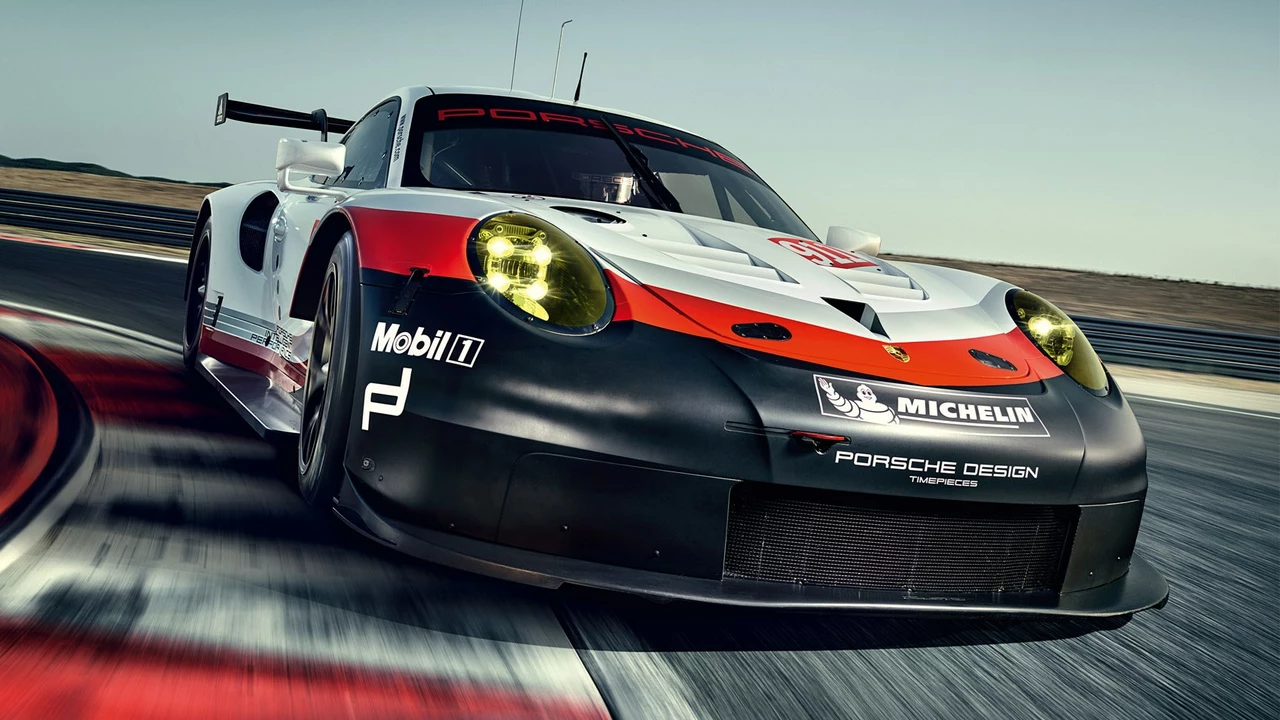Car Specifications: What Every Racer Needs to Know
If you’re building, buying, or tuning a race car, the specs you focus on will decide if you’re fast or just fast‑looking. Below you’ll find the core numbers that matter on the track and how they affect your lap times.
Key Performance Specs
Engine power is the first number that grabs attention. It’s usually listed in horsepower (hp) or kilowatts (kW) and tells you how much force the engine can push the car forward. More hp means higher top speed, but it also means you need a drivetrain that can handle the extra torque without slipping.
Torque measures the twisting force that gets the car moving from a stop. High torque at low RPM makes a car feel punchy out of corners, which is crucial for short tracks where acceleration off the line wins races.
Weight is the silent killer of performance. A lighter car accelerates faster, brakes shorter, and changes direction more easily. Most racing classes set a minimum weight, so teams often strip down anything non‑essential and then add ballast to hit the exact limit.
Power‑to‑weight ratio combines the two numbers above and gives a single figure that predicts overall speed. Divide the horsepower by the car’s weight in kilograms and you get a clear picture of how competitive the setup is.
Aerodynamic downforce isn’t a single spec you can read on a sheet, but the amount of downforce generated by wings, splitters, and diffusers directly affects grip. More downforce lets you carry higher speed through corners, but it also adds drag that can lower straight‑line speed.
Practical Measurements and Choices
Wheelbase – the distance between the front and rear axles – influences stability. A longer wheelbase gives a smoother ride at high speed, while a shorter wheelbase lets the car rotate quicker in tight turns.
Track width – the distance between the left and right wheels – affects cornering grip. Wider tracks increase the car’s footprint, which helps keep it planted during aggressive cornering.
Suspension travel and spring rates control how the car reacts to bumps and load shifts. Stiffer springs provide a more direct feel but can make the car bounce on uneven surfaces. Adjustable dampers let you dial in the perfect balance for each circuit.
Tire size and compound are often overlooked but are vital. Bigger contact patches give more grip, while softer compounds heat up quickly and provide better traction early in a stint. Watch tire wear charts to know when to swap compounds during a race weekend.
Gear ratios determine how the engine’s power is delivered at different speeds. Short ratios accelerate fast but limit top speed; long ratios do the opposite. Matching gear ratios to the track’s straight‑away length can shave valuable tenths off your lap.
When you look at a spec sheet, don’t just read the numbers – think about how each one interacts with the others. A 400 hp engine in a 900 kg chassis feels very different from the same engine in a 1,200 kg car. The right combination of power, weight, aerodynamics, and geometry will give you the edge you need on the track.
Use these specs as a checklist when you compare cars or plan upgrades. Ask yourself: Is the power enough for the weight? Does the downforce match the track’s layout? Are the tires suited for the expected temperatures? Answering these questions will help you choose the right parts and set realistic performance goals.
In racing, the devil is in the details. Knowing which specifications matter most lets you focus your budget, avoid unnecessary tweaks, and get on the track faster. Keep these core specs handy, and you’ll spend less time guessing and more time shaving seconds off your laps.

How much does a race car weigh?
After delving into the world of race cars, I discovered that their weight can vary widely. A typical NASCAR race car, for example, weighs around 3,200 pounds, while a Formula 1 car is much lighter, coming in at about 1,600 pounds. However, the weight can greatly fluctuate based on the car's engine, materials, and design. In addition, modifications for specific races or tracks can also affect the final weight. It's safe to say, there's no one-size-fits-all answer to this, as the weight of a race car can be as diverse as the cars themselves.
- Sports (5)
- Entertainment (4)
- Sports & Recreation (3)
- Motorsport (2)
- Automotive Racing (1)
- Free Computer Games (1)
- Drag Racing Tips and Strategies (1)
- Biography Websites (1)
- Gaming and Racing Simulation (1)
- Automotive & Racing (1)
-
Tim Gaffner?
16 Feb 2023 -
DeRozan’s Perfect Free Throws Lift Kings Past Collapsing Timberwolves 117-112 in OT
26 Nov 2025 -
Hilaria Baldwin & Gleb Savchenko Eliminated on Disney Night as 40M Votes Surge
8 Oct 2025 -
Escort - The Erotic Museum is another place that people who are interested in sex often go to in Dubai
7 Dec 2025 -
Panamá se clasifica directamente al Mundial 2026; El Salvador y Guatemala quedan eliminados
20 Nov 2025
26.07.23
Caden Lockhart
0